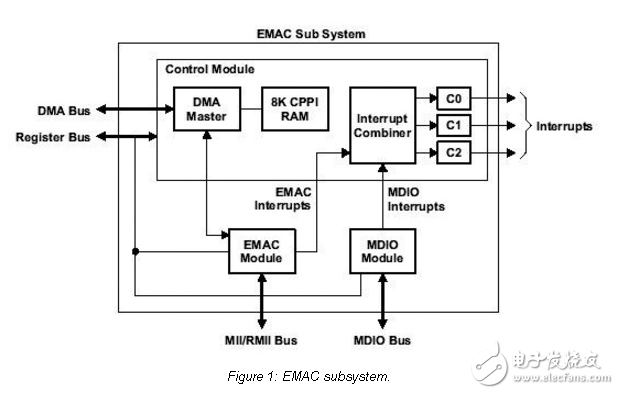
资料下载

插件和标准接口输出
插件和标准接口输出
将应用程序的性能、功耗、内存和接口需求与特定的嵌入式处理器相匹配,对于设计者来说是一项艰巨的任务,因为类似的系统可以显著变化。虽然ARM处理器有十几种变体,但系统设计者很少找到“完美匹配”。
在这篇文章中,着重介绍了各种标准接口,以及它们在嵌入式芯片厂商之间可能有什么不同的建议。理解基本接口可以帮助设计者确定哪种芯片应该是片上的。然而,虽然标准接口提供了一个有价值的目标,但是还需要定制片上接口以提供额外的片上资源。本文描述了其中两个外围块。
通用串行总线(USB)接口最初是为将个人计算机连接到外围设备而开发的。随着时间的推移,它已经成为工业和基础设施应用的热门。人机接口设备(HID),如键盘、老鼠和示波器,通常采用USB接口意味着它必须支持系统的嵌入式处理器。实现这一目标最有效的方法是使用片上外设。

In addition to HIDs, two other device classes can be utilized in industrial and infrastructure applications. USB communication device class (CDC) was designed for modems and faxes but also supports simple networking by providing an interface for transmitting Ethernet packets. Similarly, USB mass storage device (MSD) targets hard disk drives and other storage media.
The USB 2.0 specification requires the host to initiate all inbound and outbound transfers. The specification also defines three basic devices: host controllers, hubs, and peripherals.
USB 2.0‘s physical interconnect is a tieredstar topology with a hub at the center of each star. Each wire segment is a point-to-point connection between the host and a hub or function, or a hub connected to another hub or function.
声明:本文内容及配图由入驻作者撰写或者入驻合作网站授权转载。文章观点仅代表作者本人,不代表电子发烧友网立场。文章及其配图仅供工程师学习之用,如有内容侵权或者其他违规问题,请联系本站处理。 举报投诉
- 相关下载
- 相关文章






